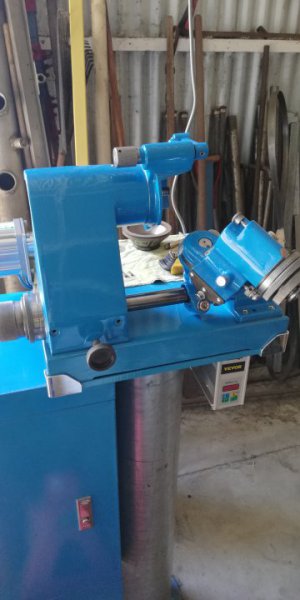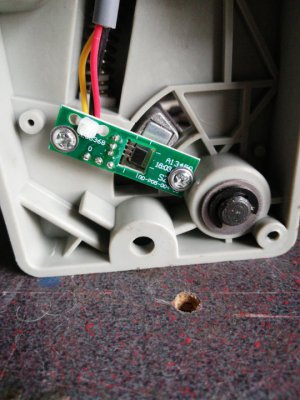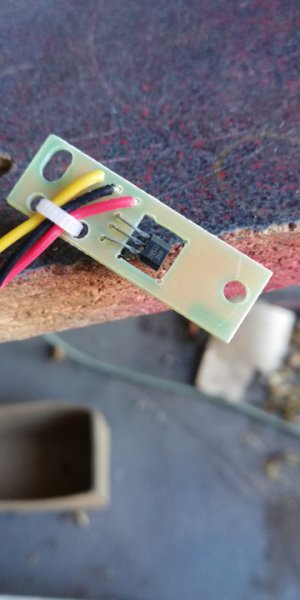- Joined
- Jan 29, 2017
- Messages
- 311
I'm using an industrial sewing machine motor for driving a dbit grinder which is nearly completely rebuilt.
The motor is vsd controlled, which made sense to me, being perfect for a sewing machine.
It came with a controller which is easily mounted under the worktable.
A power lead plugs into supply (240vac), another plugs into the controller for motor supply and a third is for the pedal speed function.
The pedal speed unit control looks like a transistor being influenced by a magnet which moves past as the pedal is pressed.
Is anyone familiar with this setup as i want to change this to an on/off switch, but don't understand what is going on with the small module and the magnet?
The motor is vsd controlled, which made sense to me, being perfect for a sewing machine.
It came with a controller which is easily mounted under the worktable.
A power lead plugs into supply (240vac), another plugs into the controller for motor supply and a third is for the pedal speed function.
The pedal speed unit control looks like a transistor being influenced by a magnet which moves past as the pedal is pressed.
Is anyone familiar with this setup as i want to change this to an on/off switch, but don't understand what is going on with the small module and the magnet?
Attachments
Last edited:




